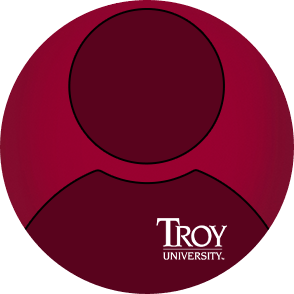A special education teacher works with other educators, staff, specialists, and families
to provide an equitable learning environment for students with learning, physical
or emotional disabilities. They seek to understand the strengths and challenges of
each learner. They also share expertise, resources, and feedback with colleagues and
engage in ongoing professional development to improve their teaching. Special education
teachers are committed to making a difference in their students' lives and their schools.
A master's in special education qualifies you to work with students who have disabilities
at the K-6 or 6-12 grade levels. With further education, careers in special education
can also include curriculum developer, educational consultant, adjunct professor and
instructional coach. You can also pursue additional advanced degrees, such as a Ph.D.
or
Ed.S. degree.
At TROY, you can earn your master's degree in special education in approximately
18 months, depending on how many courses you take each term. options.





